Cameras are everywhere, it’s on your phone, laptop, or even on a tablet. Today’s smartphone cameras are sufficiently advanced that they have mostly replaced the “point and shoot” class of inexpensive cameras for documenting ordinary life. However, only true photography enthusiasts can distinguish between the two and understand how a camera may capture a moment rather than just taking a picture. If you want to experiment with new photographic techniques or if you’re a budding photographer looking for the right camera for yourself, then this blog is for you.
It could be a little challenging for you to choose the finest camera for yourself if you are new to buying cameras and are not familiar with fundamental and technical concepts like ISO and f-numbers. And, once you understand the meaning of these strange terminologies, you will be given a wide range of excellent choices. You may become puzzled by these choices and end up purchasing a camera that is not what you truly required. So, you must ask yourself the following questions before you purchase a new camera:
- What will you use the camera for?
- Do you wish to pursue a career in photography or want to snap pictures that are superior to those on your phone?
- What is your spending limit? and the type of camera you desire.
This comprehensive guide will provide you with all the information you could need to purchase a new camera. So, let’s begin without further delay
1. Type of Camera
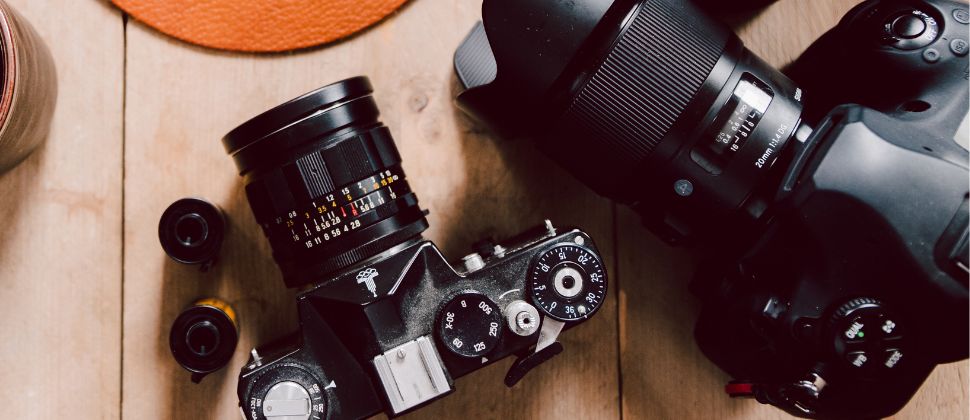
Once you have decided the purpose of your camera along with your budget, the next step is to research the different camera types to select the one that best suits your needs. The market offers an amazing variety of cameras with various brands, designs, and features. Let’s examine the camera types and how they differ from one another.
DSLR
You probably imagine a nice, large, and expensive camera when you think of a DSLR. DSLR stands for Digital Single-Lens Reflex camera, which means the camera uses a common lens to focus, frame, and for capturing photographs. These cameras are favored by professionals and enthusiasts who require full control over their photography. DSLRs consist of two basic components, the body, and the interchangeable lens. It contains a mirror so you can peek through the lens to get a good sense of how your composed photo might turn out after you take it. The lenses you use play a vital part when considering the quality of your photographs, the better the lenses you use, the better your photographs will appear. The one drawback of DSLRs is that they are significantly larger and heavier. But, overall they are renowned for their adaptability, interchangeable lenses, and high-quality images.
Mirrorless Cameras
Mirrorless cameras do not have a mirror mechanism, allowing for a more compact and lightweight design. They offer mostly the same features as a DSLR and can be an idle option for you if you travel a lot. They use electronic viewfinders or LCD screens to preview the image. Mirrorless cameras can have fixed or interchangeable lenses, advanced autofocus systems, and high-speed shooting capabilities. They are gaining popularity due to their portability and image quality comparable to DSLRs. However, these cameras may experience low battery life over an extended period of time. Additionally, these days, APS-C or full-frame sensors are also used in mirrorless cameras. Therefore, this camera can be a great alternative for you whether you’re a first-time buyer or an upgrading professional.
Point-and-Shoot Cameras
Similar to your smartphone, these small cameras are transportable and convenient for you to carry along. Compared to those larger DSLR or mirrorless cameras, you may shoot more images with these sorts of cameras because they can even fit in your pocket. These cameras have permanently mounted lenses and are not interchangeable. For those who are not interested in having access to a variety of lenses, this fixed lens limitation considerably simplifies and improves the photographic experience for people. These cameras are made with automatic settings and functionality that may be used by anyone. These cameras have optical zooms that are unmatched by those of a cell phone. These cameras are available at a range of different prices and models, from entry-level beginner models to high-end professional models. Therefore, this type of camera is highly recommended if you are looking for a camera that’s affordable, portable, and takes better pictures than your phone camera.
Action Cameras
As its name suggests the action camera can handle water, jolts, and severe temperatures that you may experience when engaging in adventure or sport. This camera can be your best option if you enjoy sports or outdoor activities and are looking for a device that can vividly capture your adventures. These cameras are small in size and their primary function is to capture the video. These tiny GoPro-style action cameras also have the benefit of being able to mount up on your body or helmet, giving you a great perspective, view, or angle. These cameras have the ability to take wide-angle images and videos at resolutions of 4K or higher, and some of them offer motion stabilization features. The majority of these cameras feature a touchscreen that you can use to change settings, and some upgraded models let you operate these cameras via smartphone apps.
2. Sensor Size & Ergonomics

In general, better photographs can be taken with a larger sensor. Additionally, the ability to “blur the background” increases with sensor size, however, this is also greatly influenced by the lens you use on your camera. For every sort of camera, there are several types of sensors available, but if you are just starting out or are new to photography, there is no need to become fixated on the sensor. Similarly to this, you should consider ergonomic features like size, weight, durability, and menu system when buying a camera. Make sure the camera fits comfortably in your hand and that you can access all of its controls. If you are just starting out with photography, take into account a camera that is portable and light. Check the system’s durability and menu system one last time to ensure that you can navigate it with ease.
3. Resolution (Megapixels)
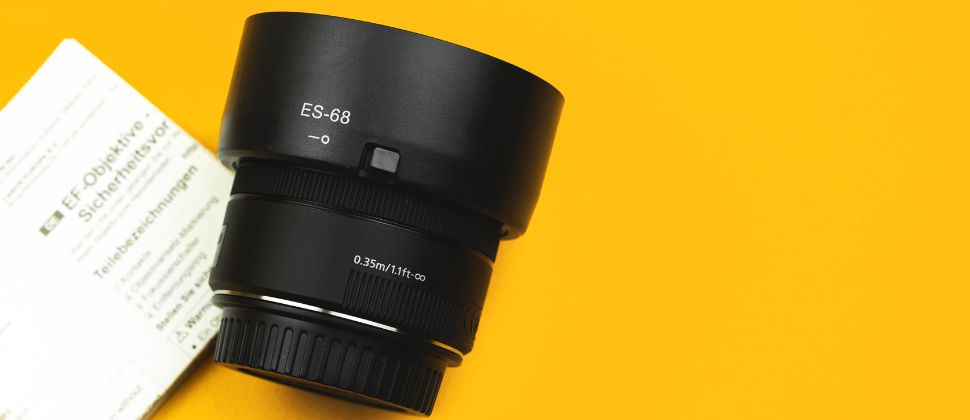
Megapixel is a term used to describe the number of pixels that a camera’s sensor can record. Higher resolution doesn’t necessarily mean better image quality, but it allows for larger prints and more flexibility in cropping. Most cameras today offer a sufficient resolution for everyday photography, ranging from 12-50+ megapixels. Megapixels are only one aspect of what makes a great camera, so don’t get too caught up in them. You just need to focus on the sort of resolution you need for your purpose. If you are into printing huge canvases you might need more megapixels or high resolution. However, if you only intend to print mainly 4x6s then go for anywhere from 12- 20 megapixels which is plenty.
4. Prime or Zoom Lens
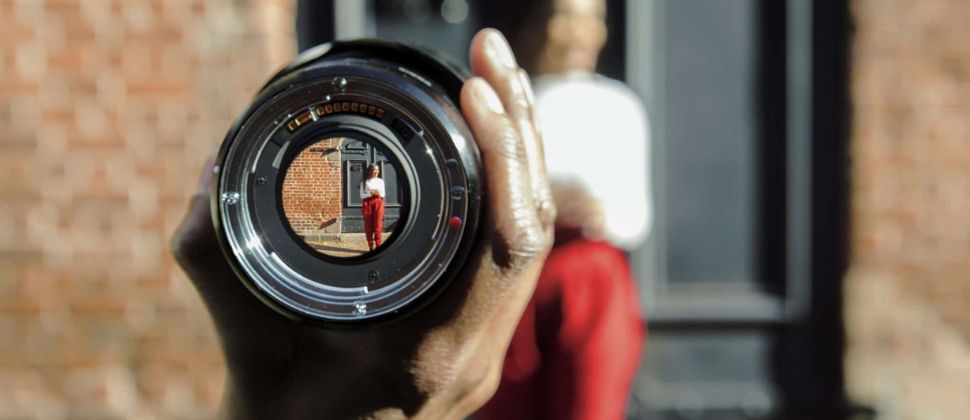
Zoom refers to the ability to adjust the focal length of a lens to bring distant subjects closer (optical zoom) or digitally magnify the image (digital zoom). If we put it simply, zoom is a feature that gets you closer to whatever you are capturing without physically moving closer. Optical zoom provides better image quality and is preferred. Look for cameras with a higher zoom range if you frequently shoot distant subjects. A higher zoom range allows you to capture more detail without sacrificing image quality. Be aware that cameras with extensive zoom lenses can be challenging to hold steady when fully zoomed in. This might affect the sharpness of your photos, even with image stabilization features. Additionally, if you are going for a great zoom remember that you may have to compromise with the image quality as great zoom can cause image quality drop-offs.
5. ISO Rating
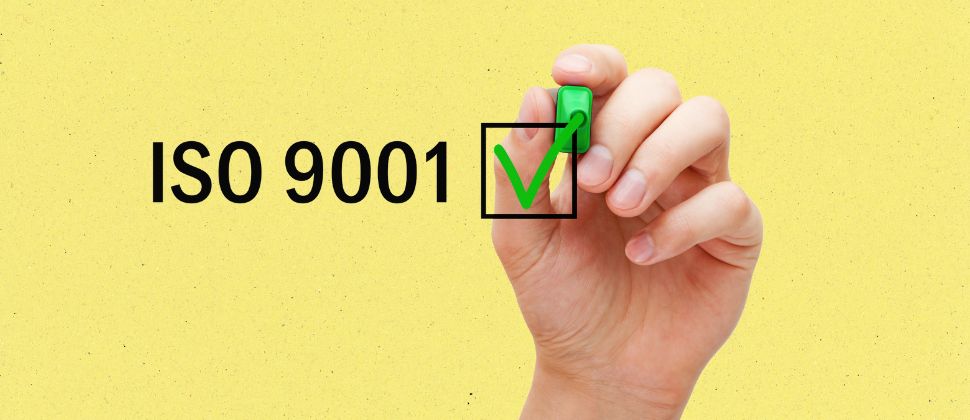
ISO measures the camera’s sensitivity to light. Lower ISO produces images with less noise and better overall image quality. Higher ISO allows the camera to capture more light in low-light conditions. The higher you set the IOS the better and more effective the camera will be at capturing images in low light without a flash. However, high IOS can produce more distortion or noise in the photo. If you have sufficient lighting or can stabilize your camera, lower ISO settings are ideal for capturing sharp and noise-free images. If low-light photography is a priority, look for cameras with good ISO performance. To distinguish the IOS of the camera you are considering, you can also check for samples online. It will help you determine whether the camera meets your particular needs or requirements.
6. Shutter Speed
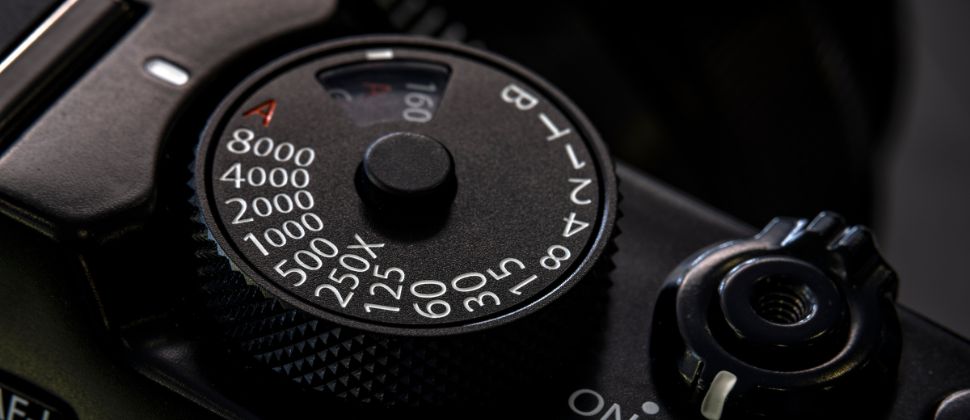
Shutter speed also known as ‘exposure time’ refers to the amount of time the camera’s shutter remains open to capture an image. A moving object can be captured more clearly with a faster shutter speed. A fast shutter speed freezes the motion and is ideal for capturing fast-moving subjects or reducing camera shake. On the other hand, a slow shutter speed allows for longer exposure times, which can create motion blur or capture more light in low-light conditions. Understanding the concept of shutter speed is crucial as it affects the overall exposure and sharpness of your photos. So, If you are into sport or adventure photography then you may want to consider the shutter speed of the camera to achieve the best shot.
7. Other Features

Image Stabilization
Image stabilization helps in reducing camera shake or blur caused by hand movement during photography. Image stabilization corrects the slight vibrations and movements, enabling you to take clearer pictures. Some cameras’ bodies and lenses consist of a stabilization mechanism which is called optical image stabilization. Look for cameras with optical image stabilization if you want to control the shakiness of your camera and want to capture steady shots.
Video Capability
If you’re choosing a camera for video recording purposes, consider a camera with good video capabilities. The standard HD is 1080p which is available in point-and-shoot cameras and even in phones. Look for features like high-resolution video recording such as 4K, manual control over exposure settings during video capture, and built-in microphone or audio input for better sound quality.
Wi-Fi Connectivity
Wi-Fi connectivity allows you to wirelessly transfer photos from your camera to other devices such as smartphones, computers, etc. It enables quick sharing of your images on social media platforms or cloud storage services without the need for cables or card readers. Some upgraded cameras also feature controlling functionality through Wi-Fi, allowing you to control your camera with your smartphone device.
GPS or Geotagging
Cameras with built-in GPS functionality can automatically geotag your photos, adding location information to the image metadata. This feature is also available on smartphones. This feature is useful for travelers, outdoor enthusiasts, or anyone who wants to keep track of where their photos were taken. Geotagging can also help in organizing your images based on location.
Raw & JPEG
While some cameras allow you to save your photographs in JPEG or Raw format, some are limited to only JPEG format. The difference between the two is that a photo is compressed with JPEG while a raw format records every detail the camera records. JPEG automatically removes any features that the computer determines you will not require. On the other hand, raw gives you the freedom to modify or process the original image however you like.
Some Of The Top Camera Brands
1. Canon
Canon is one of the world’s largest photographic brands. They cater to all types of photographers, from point-and-shoot cameras to high-end DSLRs. They provide something for everyone, from beginners to specialists. Canon manufactures a large range of cameras with a wide range of lenses. If you are a professional with a large budget, you can select an alternative from Canon.
2. Nikon
Nikon is yet another well-known photography brand that caters to photographers of all skill levels. They provide some of the greatest entry-level DSLRs for beginners, as well as outstanding models for experts. Nikon, like Canon, offers a large variety of lenses. Nikon is typically known to have higher build quality and focus. Nikon and Canon also appear to render color differently.
3. Sony
Sony is the best brand when it comes to point-and-shoot and mirrorless cameras. Sony is a major challenger to Canon and Nikon because it is ahead of them in terms of innovative features and lower prices. Sony full-frame mirrorless cameras have the longest battery life of any brand in the industry. So, if you want high-quality cameras that won’t drain your pocket, you can consider the Sony brand.
4. Fujifilm
Fujifilm is another important name in the realm of mirrorless cameras that provides exceptional quality. They also make medium format sensor cameras which are larger than full frame, but no full-frame cameras. Fuji also offers some good lenses however, the variety is not as extensive as Sony’s. If you are looking for an aesthetically beautiful camera, Fuji cameras are a great place to start.
Conclusion
Purchasing a camera is difficult, especially if you lack fundamental camera expertise or are a newbie who is just beginning your photography career. When selecting a camera, it is important to prioritize the features that align with your specific needs and shooting preferences. We hope that this article has given you an idea of the essential things and features you should look for when purchasing a camera. By keeping the above-mentioned features in mind, you may improve your shooting experience and can add the functionality you need.
If you’re considering a camera for a unique photography experience, you might want to explore the option to buy a 35mm film camera. 35mm film cameras offer a classic, nostalgic feel to your photography. When deciding on the brand of camera to purchase, keep in mind that every manufacturer has a stake in the competitive market. As a result, you should not place too much emphasis on the brand factor. Simply browse for the function that is relevant to your unique need and preference.
By considering the possibility of buying a 35mm film camera, you can add a unique dimension to your photography journey. So, whether you’re looking for a digital camera or considering a classic 35mm film camera, make sure to choose the one that best suits your specific photography needs.




